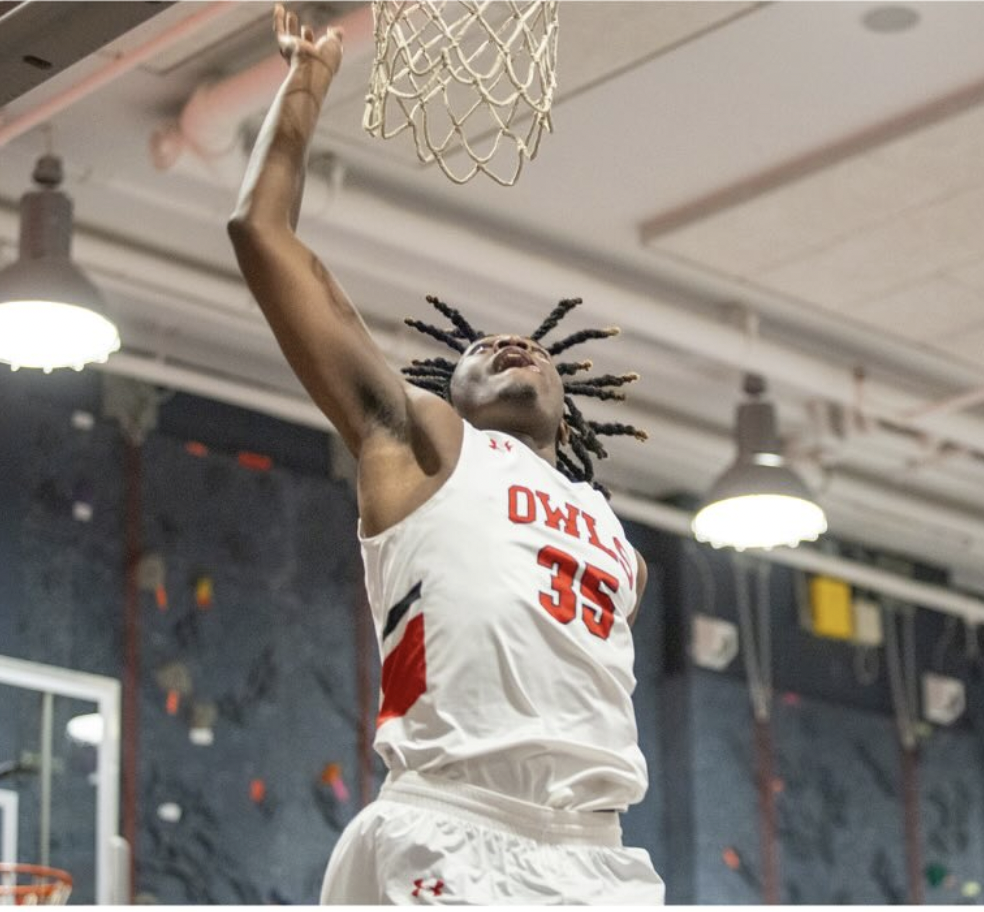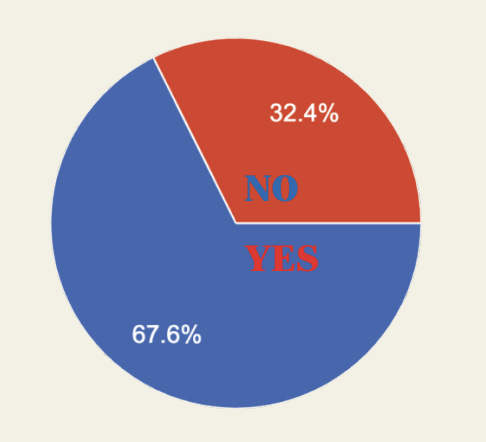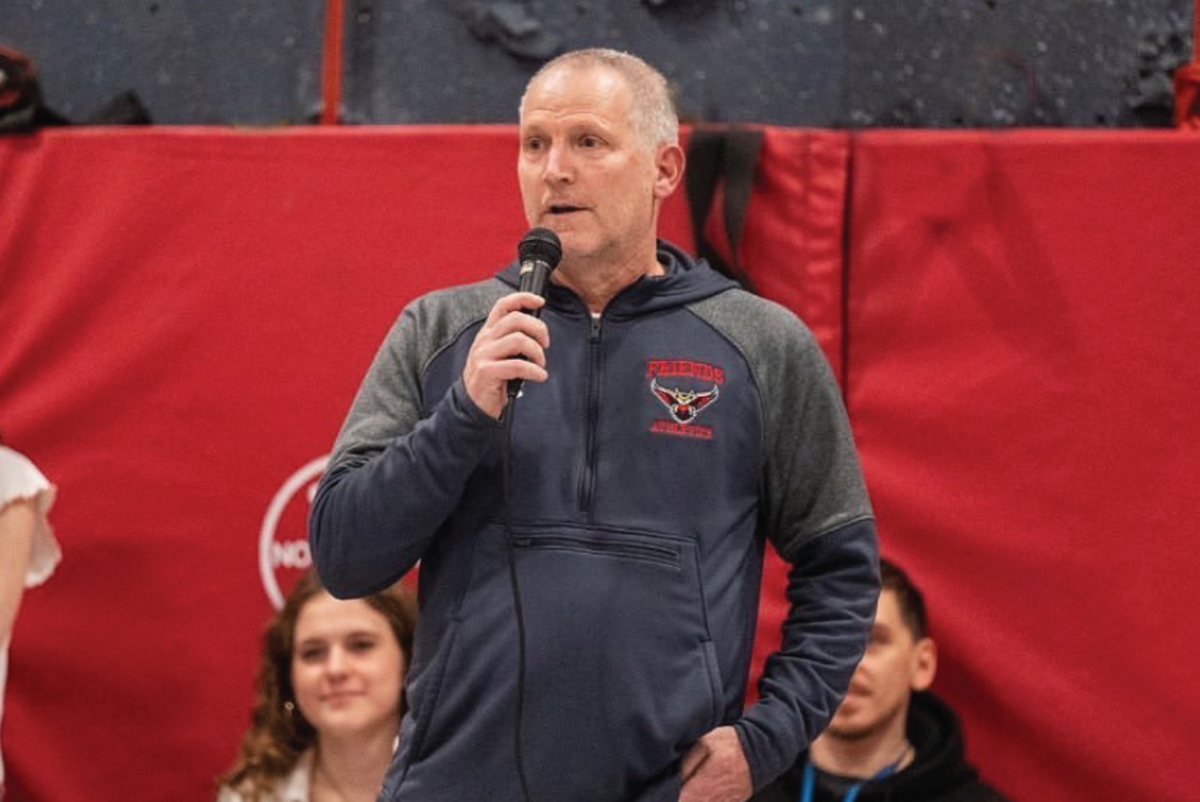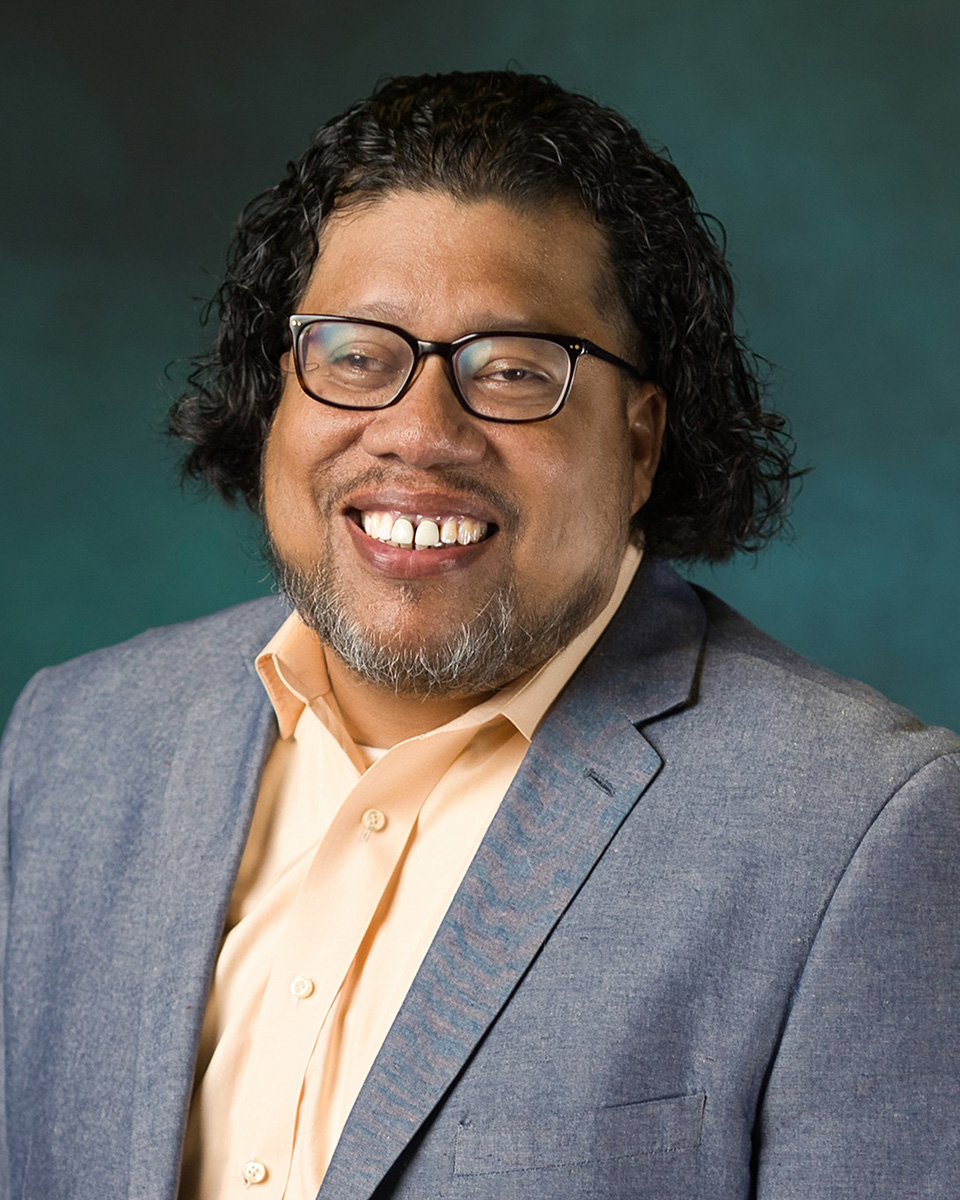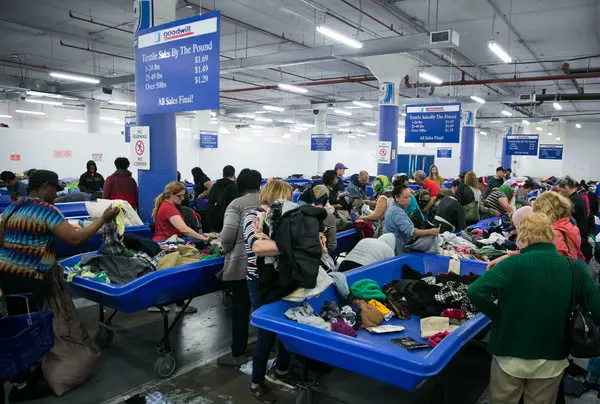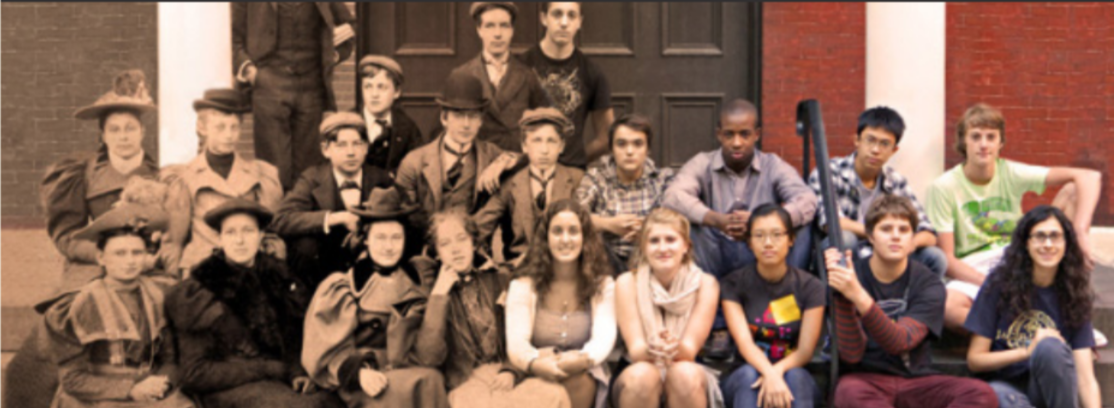Established teachers have seen Friends Seminary change and grow both in its faculty and mission over the years. We talked to some of Friends’ longest-tenured teachers to learn about how the school has changed over their time here.
Judith Anderson, known as Judy to her kindergarten students, has been teaching at Friends Seminary for 51 years. Anderson says that one of the ways that Friends has grown during her tenure is by creating “a more complex, multilayered program with IFSEL and DEB.” IFSEL, or the Institute for Social and Emotional Learning, helped introduce the principles of Social and Emotional Learning to Friends’s teaching practices in recent years and has helped unite the whole school in a collective commitment to nurture the emotional well-being of students in the classroom so they can be more effective learners. Anderson also believes that the Diversity Equity and Belonging (DEB) program has helped students “get to know who they are, and how to bond with others who are like them and unlike them.” Through the emphasis on Social and Emotional Learning, or SEL, and DEB, Friends Seminary has been able to create a more inclusive school community. Anderson says that SEL and DEB are now “explicitly taught” throughout the school, which has helped Friends make profound changes and advancements to its learning environment. Friends has implemented the SEL and DEB programs through the creation of affinity spaces and having frequent discussions about race, ethnicity, and gender identity.
Changes in technology have also had major effects on the students and teachers. Maria Fahey, an Upper School English teacher who has worked at Friends for 35 years, believes that it has created an emphasis on grades rather than class material and content. Programs like Canvas make grades easily available, which leads students to constantly think about how well they are doing in a class rather than how well they are understanding that class. On the other hand, Fahey also said that advances in technology have made it easier to present certain media like film clips or audio recordings in the classroom. Technology has also made it easier to reach students and faculty outside of school and office hours, though this convenience may amplify the pressures of school for both students and teachers.
Sue Beyersdorf, a mathematics teacher in the Upper School who has worked at Friends for 31 years, noted that technology has allowed teachers to give lessons where they can provide prompts digitally or pre-print worksheets, allowing each student to come to their own conclusions and teachers to assess each student’s understanding of the content of the class. This new format helps students deepen their understanding of the class’s material, rather than simply writing down a teacher’s lecture and adhering to the format of “the teacher says this, the children write this down.” Beyersdorf also said that “Friends has become more committed to being a college prep school.” Friends Seminary only recently made it mandatory for students to take five academic classes. When Beyersdorf began working at Friends, the only requirements were to take English and Physical Education.
The Friends Seminary faculty expressed contentment with the progress of the school, especially over the widened role of the Diversity Equity and Belonging program, and the increased integration between Upper, Middle, and Lower schools. Teachers at Friends have witnessed the school’s evolution and commitment to fostering a more inclusive and supportive environment, and look forward to seeing the school adapt and grow.




